Route of the Beautiful Star
Route of the Beautiful Star
Daniel Stephen Homer
February 2, 2024
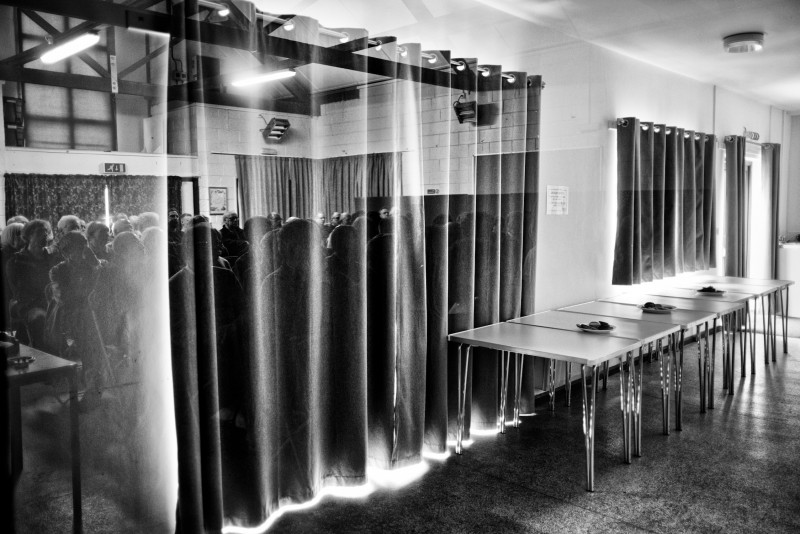
British Astronomical Association Deep Sky Meeting. Cheltenham, UK
Daniel Stephen Homer: II am no astronomer, it must be said. But my interest runs deep – and has been sustained since I was a boy, when my grandfather would hoist me atop his shoulders, point upwards and name the constellations. In my encounters with these folks, I felt a degree of kinship: our lives were intertwined by a zeal for the stars, not to mention the frequency with which Star Trek cropped up in conversation! Most of those I came across were retired. Often children of the Apollo era, they frequently credited those golden years as the catalyst that first lured their eyes and their thoughts star-ward. Trevor Barry, (one of the amateurs I photographed) is a former mine worker from Broken Hill, Australia. He got into astronomy later in life, after a friend showed him Saturn through a telescope for the first time. Trevor is now a prolific amateur astronomer observing Saturn, and is a furious contributor to professional research. In late 2022, I sat in Trevor's office as he gushed about his recent collaborative efforts observing a cyclone at 50∘N in the atmosphere of Saturn: he was enthralled by it and, before long, I was too.
What did you want to show with your pictures?
Carlo Rovelli once said, “You don’t get anywhere by not ‘wasting’ time”. I’ve spent thousands of hours idly indulging in the cosmos. The books, the articles, the films and TV shows, brought me to one night scrolling through a news feed, where I chanced upon an article championing a discovery made by an amateur astronomer – offering me a rabbit hole I was only too eager to dive down. It culminated in Route de la Belle Etoile (Route of the Beautiful Star), a photo book soon to be published by GOST – for which there is a Kickstarter launching February 6th. What did I want to show with my pictures? I think that developed in concert with the project. What was visually compelling was the absolute strangeness of it all. We’re sitting here on this spinning rock, due to the quirks of physics and evolution by natural selection, looking out into the cosmos and experiencing meaning as a result. It really is an odd state of affairs when you think about it!
Why did you decide in favour of black and white photography, and how did the camera prove itself for your shots?
Compared to colour, black and white decontextualises. This was vital to the work as it allowed me to shoot a consistent aesthetic across many different geographies, where just the colours of the landscapes, of the backgrounds, the houses, would have been at odds with each other. I also like the idea of taking pictures that are hard to place in time: it’s a little nod to the vast cosmic timescales that are the currency of astronomy. Kit-wise, the entire project was shot on a Leica M10, with a Zeiss Biogon T* 2,8/28mm ZM lens. The camera was sort of key to the visual scope of the work. I would say, I started using it more like a traditional medium-format shooter, towards the end. But there are shots in there that were possible because of the Leica M form. There were moments of magic: I would see a reflection, for instance, transient things where I needed to use the camera more like a street photographer; throwing it into position, fast, using the rangefinder, mostly guessing the focus. It’s that versatility that has made me now invest in a M11 Monochrom. The images I’m beginning to get from it are rich, thick, beautiful.
Daniel Stephen Homer+-
Growing up in middle England, the photographer found quiet joy in the what, why, where and when of things – things inside rocks, things that crawl and scurry about, and things that twinkle in the night sky. But the intense focus on rote learning in school deterred his curiosity in science. He has long sought to find a way to marry those early days of heavenly wonder with photography. More

British Astronomical Association Deep Sky Meeting. Cheltenham, UK
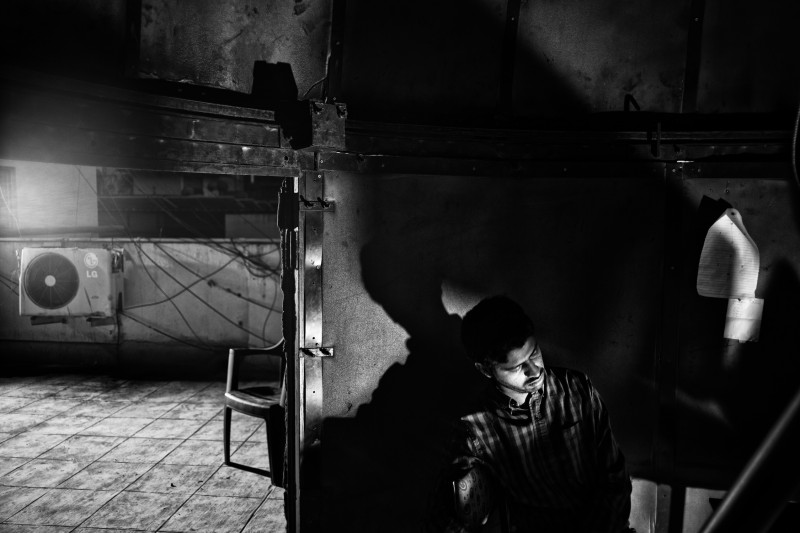
Nilay Mokashi, Jyotirvidya Parisanstha. Pune, India
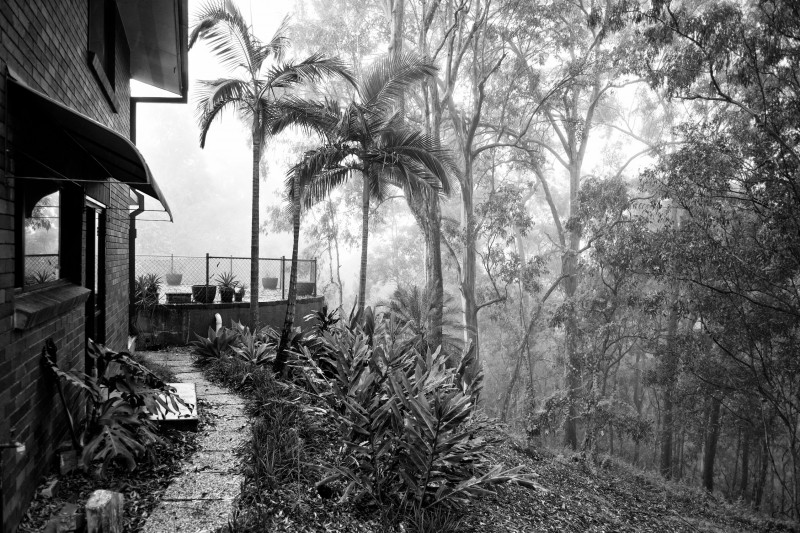
Home of Peter Anderson. Brisbane, Australia
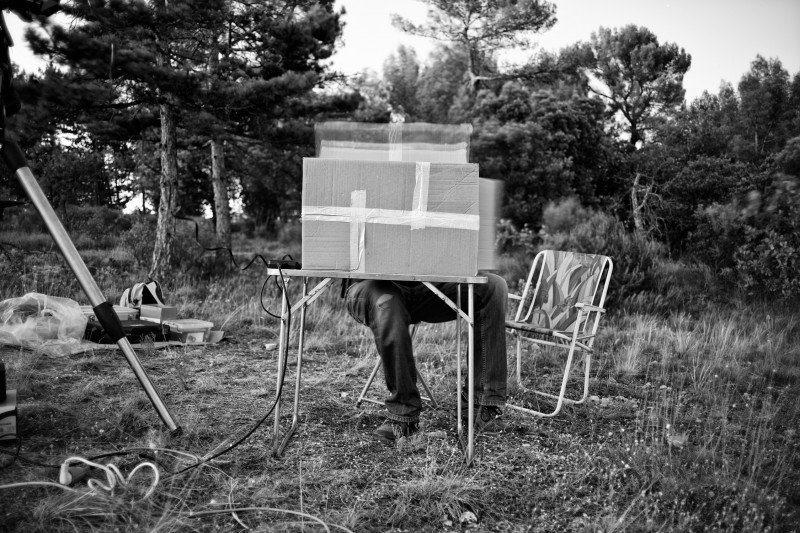
Amateur astronomer. Spectro Star Party, L’Observatoire de Haute-Provence, France
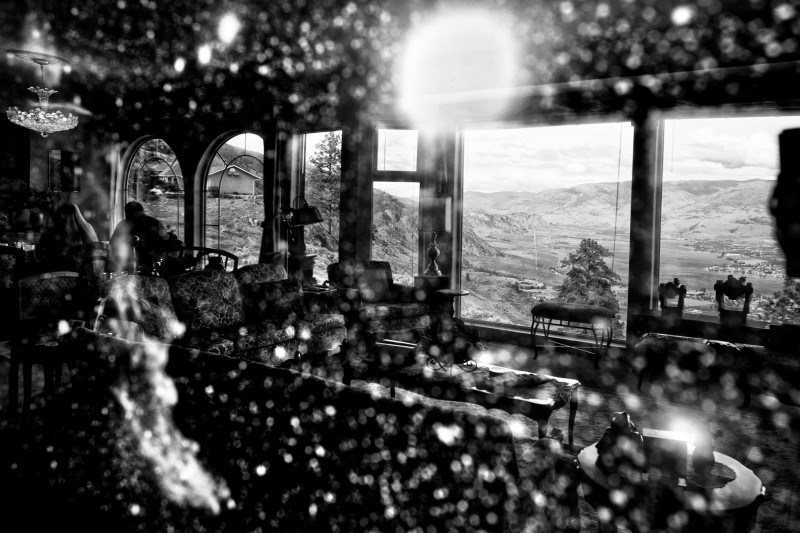
The observatory B&B of Jack Newton. Osoyoos, Canada
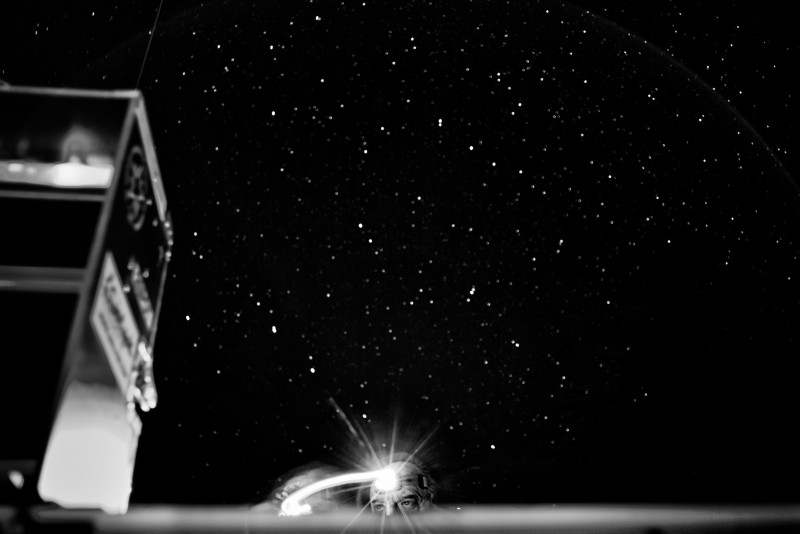
Olivier Garde. Spectro Star Party, L’Observatoire de Haute-Provence, France
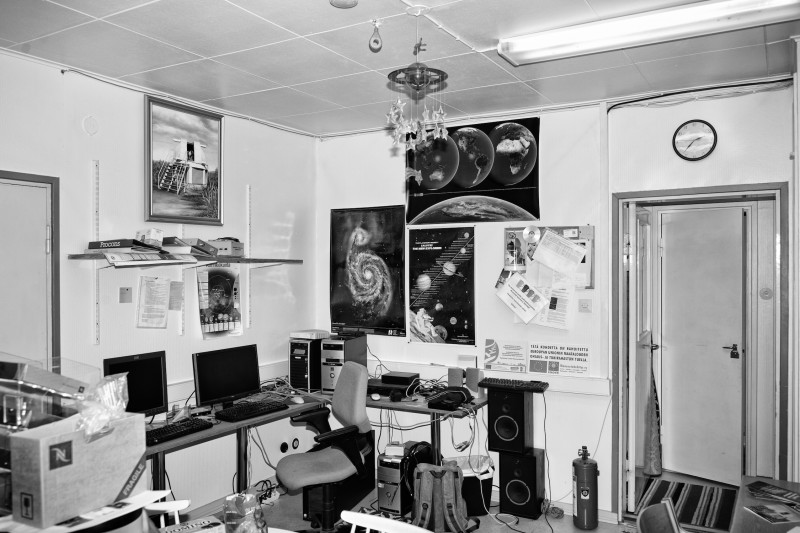
Hankasalmi Observatory, Finnish PRO-AM Network. Hankasalmi, Finland
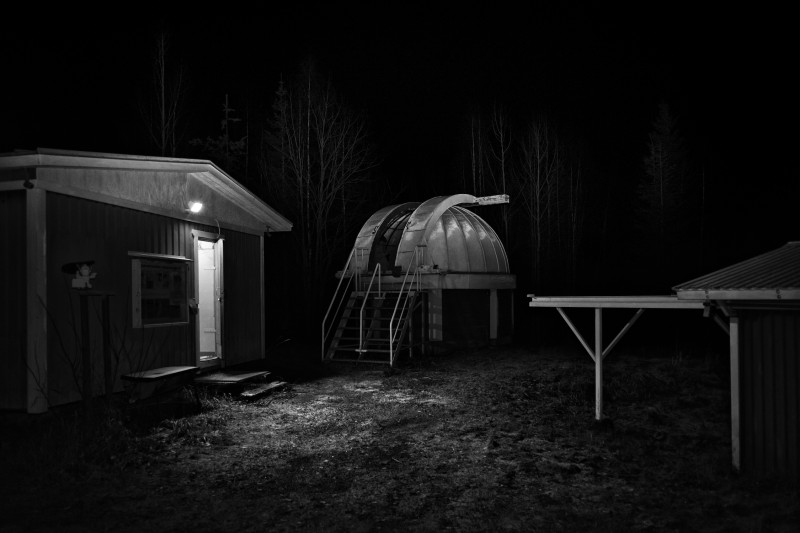
Nyrölä Observatory, Finnish PRO-AM Network. Jyväskylä, Finland
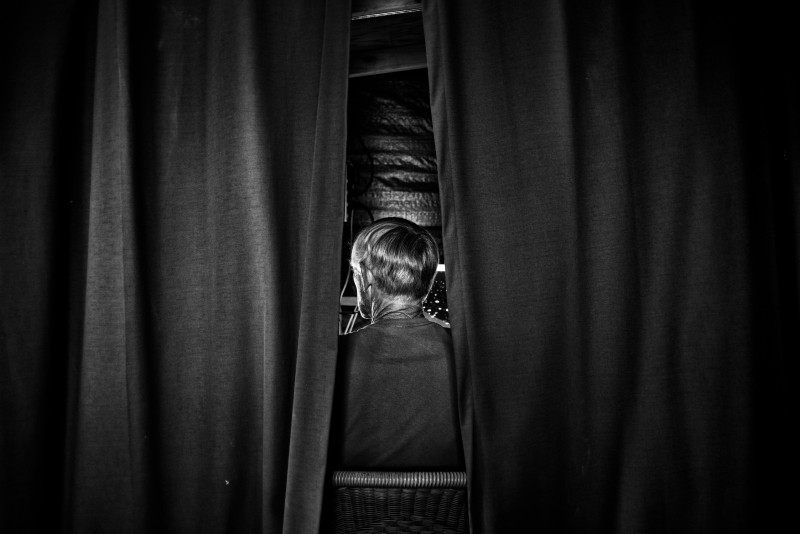
Mark Blackford. Macksville, Australia
